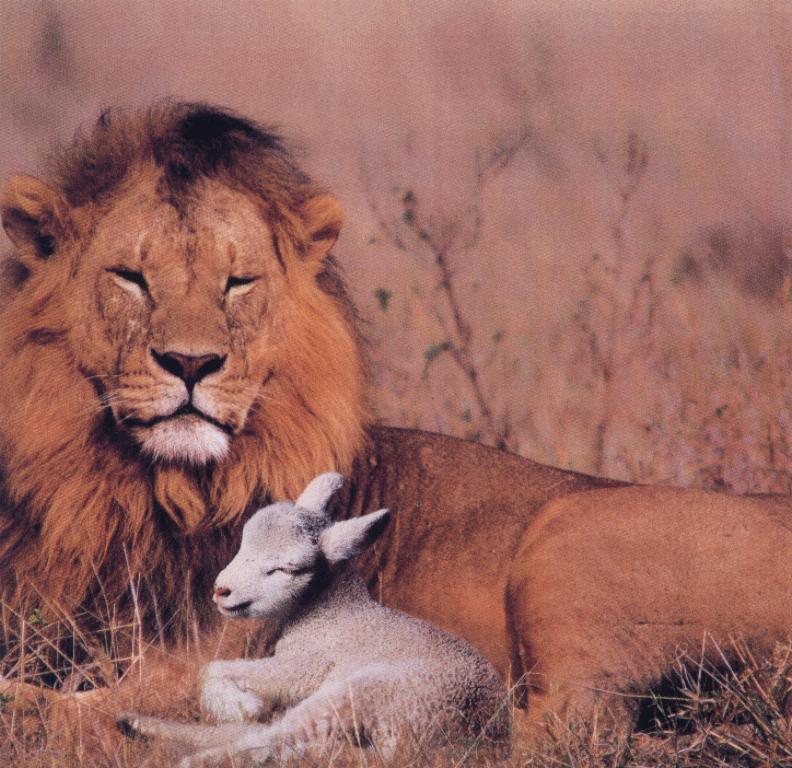
Animals are frequent protagonists and subjects of African folklore. There are several principal reasons why people are so likely to think about animals via narrative. As James Fernandez (1995) suggests, it is difficult to know how we would understand our own identity as human beings, were it not for “the ‘other animals’ that serve so conveniently and appropriately as a frame for [his] own activity and reflectivity.” In other words, what it means to be human is often understood by recognizing contrasts to, and similarities with, animals.
When people tell stories about animals, they are usually talking about themselves, or at least about animal/human relations. An important effect of this parallel thinking is that through animal proverbs, tales, songs, epithets, and other narrative forms, we humans can discuss ourselves and each other indirectly. Such an expressive device is an example of allegory—a term derived from two Greek particles: allos, “other,” or something next to or beside a point of reference, and gory, from the verb agoreuein, which is “to speak publicly,” but with specific reference to the agora or marketplace. “Speaking publicly” in a market implies bargaining, debate, and negotiation: in other words, politics. Such a sense is carried through to the word allegory, for as is illustrated by the well-known allegory Animal Farm by George Orwell (1945), the political messages conveyed by seemingly innocent little stories can be very trenchant indeed. Here is the point, then:
Using animals as the heroes and subjects of folktales allows indirection because the foibles or vices of some person or faction can be contemplated and discussed without outright confrontation. In the small, face-to-face communities that characterize much of Africa, avoiding conflict, while bringing attention to disharmonious behavior through narratives, is of critical importance.

Tidak ada komentar:
Posting Komentar